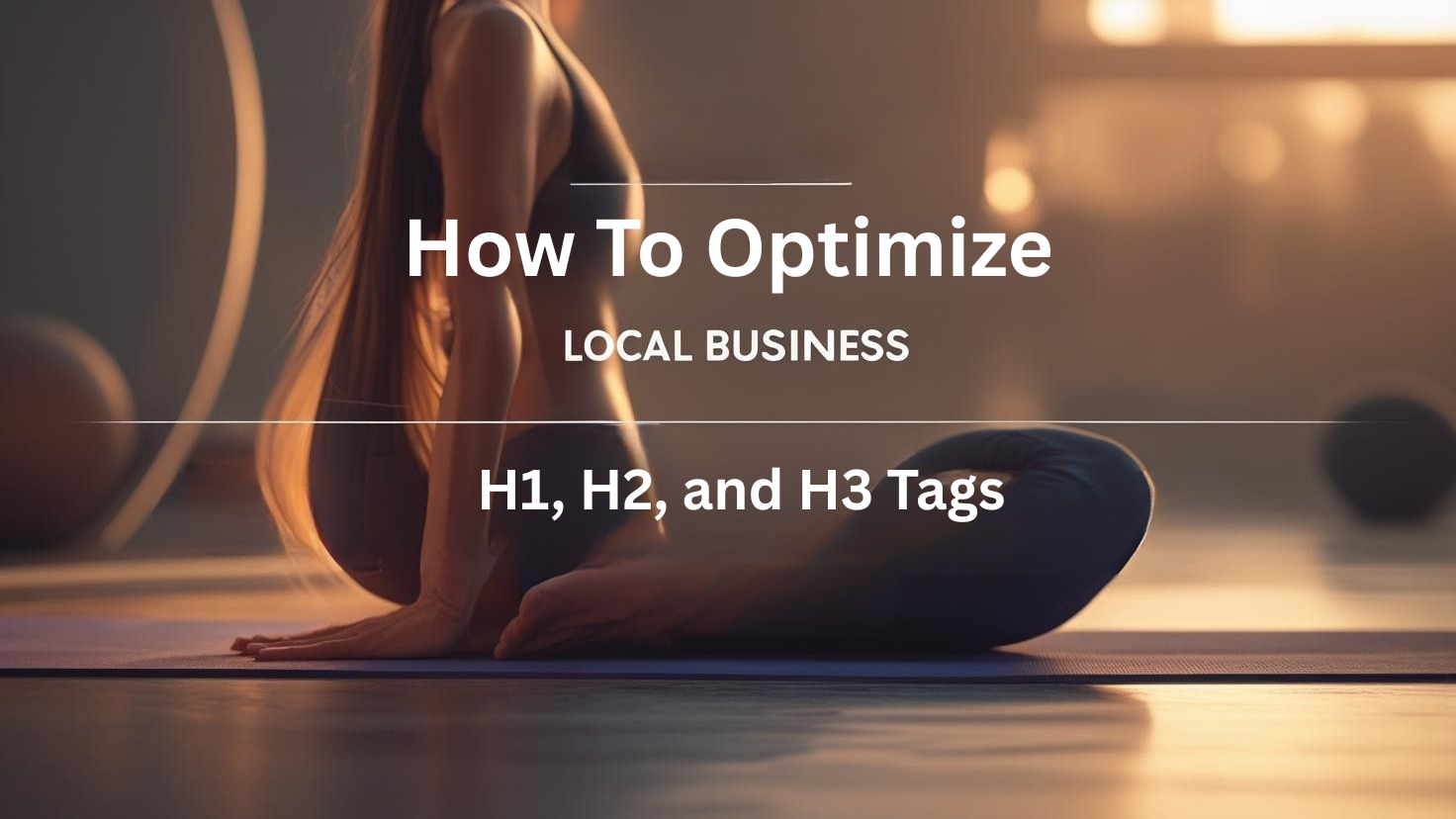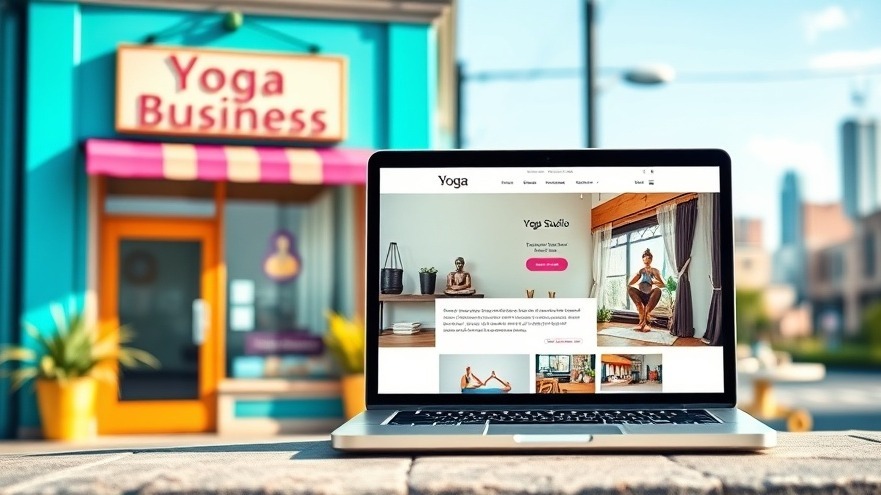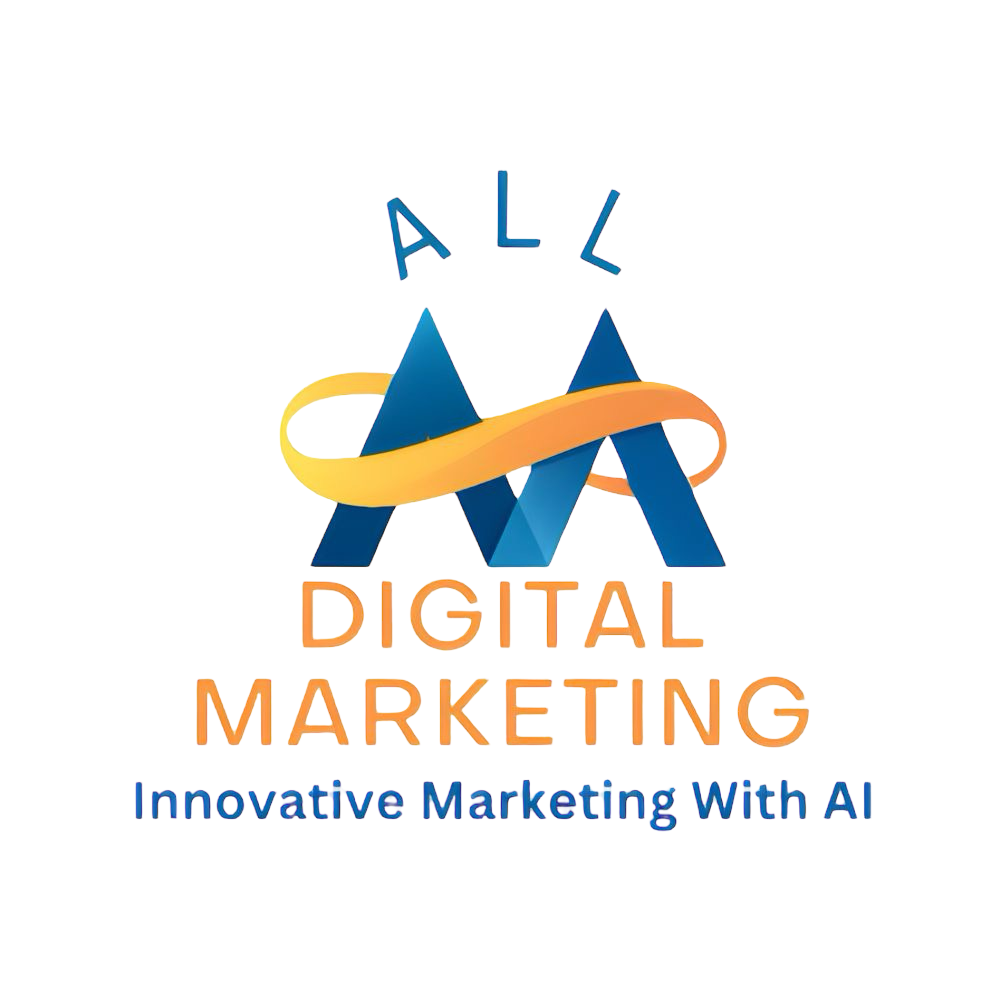When Emily launched her yoga studio’s website in Essex County, Massachusetts, she dreamed of customers finding her business online effortlessly. Months later, her site was invisible—not just on Google, but in AI tools like ChatGPT that customers now use. Sound familiar? Whether you run a yoga studio, a bakery, or a plumbing service, if your website isn’t showing up in AI searches, you’re missing out on customers. This guide will show you how to make your website visible to ChatGPT and optimize your headings to rank higher, turning visitors into loyal clients.
Key Takeaways
Check if ChatGPT can access your website and fix blocks to ensure visibility for any business.
Understand what H1, H2, and H3 tags are and why they’re key to ranking on Google.
Learn how to optimize headings to attract more customers via AI and search engines.
Get inspired with simple steps and real stories of businesses succeeding online.
Boost your website’s presence to grow your customer base, no matter your industry.

Why AI Visibility Matters for Your Business
Imagine a customer asking ChatGPT, “Find me a local business for [your service].” If your website isn’t visible to ChatGPT, your business isn’t even in the conversation. AI tools are booming, with 27% of searches in 2025 coming from AI assistants (Statista, 2025). Whether you’re a yoga studio owner or a landscaper, if your site blocks AI, you’re losing potential clients. Let’s make sure your business shines online.
What Does “Crawling” Mean?
Crawling is when AI tools or search engines like Google scan your website to understand its content. Think of it like a customer glancing at your store’s sign to see what you offer. If your site blocks these “customers,” it won’t appear in AI or search results.
How to Check If ChatGPT Can See Your Website
Let’s do a quick test to see if ChatGPT can access your business website. This is like checking if your shop’s sign is visible from the street.
Step-by-Step: Testing ChatGPT Access
Go to ChatGPT (chat.openai.com).
Type this prompt: “Show me all the head tags on this page: [your website URL].”
-
Check the response:
If ChatGPT lists your H1, H2, and H3 tags, your site is crawlable. Great work!
If it says it can’t access the page, your site is blocking AI bots.
What If ChatGPT Can’t See Your Site?
If ChatGPT can’t access your site, your website’s settings are likely blocking AI bots. This is like locking your business door during open hours. Here’s how to fix it:
Contact your website host (e.g., Wix, Squarespace, or Bluehost).
Ask them to unblock ChatGPT and other large language models (LLMs) in your robots.txt file or server settings.
Retest after 24–48 hours to confirm.
Real Example: Lisa, a yoga studio owner in Salem, Massachusetts, found her site wasn’t visible to ChatGPT. After unblocking bots with her host’s help, her site appeared in AI searches, boosting class sign-ups by 25% in a month. Similarly, a local plumber in Denver saw a 20% increase in calls after making his site crawlable.
“Your website is your digital storefront—make sure it’s open to everyone, including AI.” – Rand Fishkin, SEO Expert
What Are H1, H2, and H3 Tags?
Now that your site is visible to ChatGPT, let’s talk about heading tags—H1, H2, and H3. These are like the titles and subtitles in a book, helping customers and AI understand your website’s content, whether you’re selling yoga classes or car repairs.
H1 Tag: The main title of your page, like “Welcome to Serenity Yoga Studio” or “Top Plumbing Services in Denver.” It tells everyone what the page is about. Use only one H1 per page.
H2 Tags: Subheadings for main sections, like “Our Yoga Classes” or “Emergency Plumbing Services.” They organize your content into big ideas.
H3 Tags: Smaller subheadings under H2s, like “Beginner Yoga Classes” or “24/7 Drain Cleaning.” They add extra details.
Think of these tags as a map for your website. Clear headings help AI and customers find what they need, making your site more likely to rank high.
Why Heading Tags Matter for SEO
Google and ChatGPT use heading tags to understand your website’s content. Well-crafted headings can boost your site’s ranking, with studies showing pages with optimized H1 and H2 tags rank 12% higher on average (Ahrefs, 2025). Good headings also make your site easy to read, keeping visitors longer—which Google loves, whether you’re a yoga studio or a pet store.
How ChatGPT Can Help Optimize Your Headings
ChatGPT can analyze your website’s headings and suggest changes to make them more appealing to search engines and customers. Here’s how to do it:
Analyze Current Headings: Use the prompt: “Analyze the H1, H2, and H3 tags on [your website URL] and suggest SEO improvements.”
-
Review Suggestions: ChatGPT might recommend:
Making your H1 more specific, e.g., “Serenity Yoga Studio: Beginner Classes in Salem” instead of just “Yoga Studio.”
Adding keywords to H2s, like “Beginner-Friendly Yoga Classes” or “Affordable Plumbing Services” instead of generic terms.
Using H3s to break up long sections, like “Morning Yoga Schedule” or “Pipe Repair Options.”
Apply Changes: Update your website’s headings using your site builder (e.g., WordPress or Squarespace) or ask your web developer.
Real Example: Tom, a yoga instructor in Beverly, Massachusetts, used ChatGPT to optimize his site’s headings. By changing his H1 to “Beverly Yoga Studio: Find Your Zen,” he saw a 15% increase in website visits within two weeks. A coffee shop owner in Seattle followed the same steps and boosted foot traffic by 18%.
See How Digital Marketing Can Drive More Traffic to Your Business Website
Our team at Digital Marketing All can supercharge your business’s online presence with these services:
Brand Voice Strategy: We’ll craft a unique voice to attract your ideal customers.
Market Growth Opp Research: Discover untapped traffic sources you’re missing.
Local SEO: Dominate search results in your area to grow your customer base.
Dominate Google: Get your business to the top of Google’s rankings.
Competitive Link Analysis: See what competitors are doing and outshine them.
Geo-Targeting: Find customers in your desired locations.
Content Marketing: We create shareable content that attracts links and traffic.
Paid Media Advertising: Get clear ROI with pay-per-result ads.
Blogging Services: Let us write blogs that rank high and engage customers.
Search Box Optimization: Own keywords like “business near me” in your area.
Search Price Optimization: Control ad costs and boost ROI by avoiding price wars.
Marketing Consulting: Get tailored strategies to grow your business’s brand.
Book a Call: Ready to grow your business? Contact us today!

Tips for Writing Headings That Rank and Inspire
To make your headings irresistible to both AI and customers, follow these tips:
Use Keywords Naturally: Include terms like “business near me,” “yoga studio,” or “local services” in your H1 and H2 tags.
Keep It Clear: Make headings short and descriptive, like “Our Yoga Classes” or “Plumbing Services” instead of vague terms.
Add Emotional Pull: Use words that inspire, like “Find Your Zen” or “Solve Your Plumbing Woes Today.”
Answer Questions: Target PAA queries like “What’s the best local business?” with an H2 like “Why Our Business Stands Out.”
Real Example: A yoga studio in Gloucester optimized their H2 to “Beginner Yoga Classes for All Ages” and saw a 30% increase in inquiries. A local bakery used “Freshly Baked Goods Daily” and gained a 22% boost in online orders.
FAQ: Your Top Questions Answered
How do I know if my website is blocking ChatGPT?
Use the prompt “Show me all the head tags on this page: [your URL]” in ChatGPT. If it can’t access your site, contact your host to unblock AI bots.
What’s the difference between H1, H2, and H3 tags?
H1 is the main page title, H2s are major section headings, and H3s are subheadings under H2s. They organize content for AI and readers.
How often should I update my headings?
Review headings every 3–6 months or when adding new pages. Use ChatGPT to check if they’re optimized for current keywords.
Can ChatGPT help my business rank higher?
Yes! ChatGPT can suggest keyword-rich headings that align with what customers search for, boosting your Google and AI visibility.
Why is local SEO important for my business?
Local SEO helps your business appear in searches like “services near me,” driving 50% more foot traffic, according to BrightLocal (2025).
Picture your business thriving with new customers pouring in, all because your website shines in Google and ChatGPT searches. You don’t need to be a tech expert to make this happen—simple steps like unblocking AI bots and tweaking your headings can transform your online presence. Take the first step today: test your site, optimize your headings, or book a call with our team to skyrocket your success. Your customers are searching for you—make sure they find you!
I hope you enjoyed this blog post. If you want to be our next success story, have my team do your marketing. Click here to book a call!
 Add Row
Add Row  Add
Add 








Write A Comment